If the commercials are to be believed, there is nothing more Canadian then a Tim Horton’s donut shop where coffee is served to hockey moms and seniors on cross-country road trips.
On the Tim Horton’s on the corner of Van Horne and Victoria in the midst of Montréal’s multicultural neighbourhood of Côte-des-Neiges, quite another Canadian scene is playing out. At 10pm, the space has been transformed into an immigrant community centre. Over a dozen Filipino men are playing chess while a few tables of Bengali men are reading and discussing the Bengali newspapers.
With three mosques, three temples, 21 synagogues and 15 churches, Côte-des-Neiges has become a cliché for multiculturalism or interculturalism (depending on who’s speaking) substandard housing, and community organizing.
A place of arrival for many, the neighbourhood, originally two francophone villages, in the 19th century, has seen waves of people come and go. To many people, though, it is home—a crowded home– the most densely populated neighbourhood in Montréal with over 100,000 people, over half who were not born in Canada.
Kamala Jegatheeswaren, 58 years old, is a Tamil immigrant who came to Côte-des-Neiges in her 30s during the 1980s escaping the ethnic civil war in Sri Lanka. A former Indian Airlines employee, Jegatheeswaren started her travel agency in Côte-des-Neiges, and later her own Tamil community organization.
She remembers loving the neighbourhood as soon as she arrived, “I thought when I came here that I had found paradise. People were so nice. I loved Côte-des-Neiges. I loved Montréal. I went to my first French course. Oh my God! There were people from all over the world from different ethnicities. At one point, three or four months later, we started speaking in French. I felt, we were so connected, man. It was so nice. You look around here and you belong here!”
Françoise Taub, 59, also came to Côte-des-Neiges from the opposite direction. in 1979 “young and fresh”, she arrived from France crashing at a friend’s house in the neighbourhood. Since then, she has chosen to also stay in the neighbourhood, and get involved in many of the 100 organizations in the neighbourhood. On the user’s committee of the CLSC, the neighbourhood environmental group, and Project Genesis, she has also followed the development of the neighbourhood in the last few decades.
“It is a very vibrant neighbourhood, and above all, very multiethnic. And I love conversing with new people and learning about other cultures. In this way, I don’t have to look too far. It is a neighbourhood where it is possible to meet the whole world. It is very vibrant not only because there are big hospitals, parks, and close to the mountain. There is quite a lot of green space. And it is the best served neighbourhood by metro with six or seven metros. With so many organizations, and things going on, how can people get bored here?”
Daren Laine, 69, arrived in Côte-des-Neiges from British Columbia in the 1970s to live close to St. Mary’s hospital where she worked. Also involved in Project Genesis, the Tenant’s association and the Côte-des-Neiges Historical Association, she has tried to keep the history of Côte-des-Neiges alive. When she started her activism, it was with the tenant’s association, one of the first community organizations in the neighbourhood.
“I joined for a very superficial reason. I didn’t have any tenants’ problems, but I saw these notices on telephone posts showing this group of people holding up a glass of wine with a table of cheese in front of them saying come have a glass of wine and cheese and learn about your tenant’s rights. ‘oh,’ I thought, ‘I love wine and cheese, I’m going.’ So it turned out that there was no wine and cheese, but the volunteers recruited me immediately. They turned out to be a wonderful group of people who I stayed with all these many years. “
She says that Côte-des-Neiges has definitely changed since she got there. Many of the organizations simply did not exist, and definitely not in the form they are now.
“When I was here working in the 70s and 80s, there were no community organizations with the professionals working in them. But in those days, they were just organizations by abused people without any academic education.”
The tenant’s association, at that time run by volunteers, became l’OEIL CDN, a professional organization who is now celebrating its 40th anniversary. Out of the existing organizations, only four were founded before 1970. Many organizations such as Multicaf, the Black Community Association, and the other 100 organization were born in the late 1970s or early 1980s during the Quiet Revolution.
The history of community organizations in Côte-des-Neiges is often entwined with the history of the neighbourhood itself. Prior to 1960, many of the community servoce organizations, such as St-Vincent-de-Paul, were connected to the Catholic Church, such as the St-Vincent-de-Paul. With St. Joseph’s Oratory, several Catholic churches, the Catholic influence is felt. Churches keep the tradition of Pastorale sociale or social service Christian organizing alive even today. Originally, this influence was French and Irish, but now Filipino and Haitian Montrealers fill the neighbourhood’s churches.
In the beginning of the 20th century, Jewish immigrants mostly from Eastern Europe and Russia arrived in the neighbourhood bringing with them many social organizations: schools, community service organizations, and synagogues. The oldest Jewish organizations include the Baron de Hirsh Institute, in 1905, Allied Jewish Services in 1918, and others. Now, the Jewish campus on Westbury contains a collection of Jewish organizations such as the Jewish Y, the Segal Centre, a senior’s community centre, the Jewish Library and other organizations.
In 1960, waves of immigrants came from the Caribbean and Central America. The Black League of Québec (Ligue des noirs du Québec) started in 1969. (Although blacks have been in Québec since the colonization of New France) The 1970s was marked by the arrival of the Boat People from Vietnam, and other immigrants from Asia and Africa, and the arrival of multiethnic organizations like SIARIS (Service d’interprète, d’aide et de référence aux immigrants), PROMIS, (Promotion, intégration, société nouvelle).
Chris Schwartz is a community organizer at Project Genesis. He knows firsthand from Project Genesis’s “storefront” a walk-in housing and social rights service, how diverse they neighbourhood has become.
“Well, we know the storefront sees people from well over 100 countries every year. In terms of which communities that are well represented on the corner off Côte-Ste.-Catherine and Victoria, the Filipino community, a large Bengali community, a large Tamil community, and Russians. There are Russian speaking community in our neighbourhood. Also in the neighbourhood, the Vietnamese to an extent, so the neighbourhood has become more diverse.”
Laine says that when she came into the neighbourhood, she came for many of the same reasons immigrants do, proximity to her work and cheap rent.
“We have seven institutions in the neighbourhood. You People get their job first and live close to your job especially if you are poor. That is how I got into Côte-des-Neiges. Also, the rumour was—I don’t know how true it was – that the least expensive housing areas were in Côte-des-Neiges. It was also an English speaking section which many immigrants who come here were from the British Commonwealth so they could get jobs in the English institutions. They set up their shops. They bring their families and friends over. And they are used to the mentality of small businesses. They set up their little stores here out of pennies. “
Françoise Taub, herself, of Jewish background says that despite all of the talk of reasonable accommodation and ethnic conflict, people try to help each other out.
“There is solidarity in the neighbourhood because of the immigrants have a habit of it. They have a habit of sticking together to help each other. A lot of immigrants come here because there are a lot of other immigrants. Because the Jews help each other out a lot it could have an impact on other communities.”
Taub says one example of this is Project Genesis. Schwartz. wasn’t even born when the organization started over 30 years ago but explains the origins of Project Genesis which started as a research project by McGill professor Jim Torczyner on Jewish poverty in Côte-des-Neiges.
“It was difficult to reach them. There were a lot of elderly people in the Jewish community. And so what they brought back were many of the issues we see today: housing problems, illegal rent increases, rats, mice. What he said in his report was that if we got rid of the little old Jewish ladies’ mice problem, and well the family from another country next door still has them, then they are going to come back in two weeks. So, we need an organization which helps people defend individually, but also collectively to you know, make the building better so that mice and rats don’t come back for instance. But definitely, I do feel that there was a lot of that kind of tradition of social justice in the Jewish community fused in the organization definitely at day one.”
Schwartz says that the various communities have more to unite them than to divide them.
“To be honest, I have never seen any intercultural tension. I cannot really think of an example when accommodation was an issue. I think that the large issues of poverty and social inclusion are more important. You can’t integrate if you have no adequate income, if you live in poverty, if you are socially excluded. The other question has to be well, are people socially marginalized because they choose to be or are they socially marginalized because they are economically marginalized?
“People with very different histories and very different backgrounds need to meet on a common ground to discuss, that they, you know, inadequate housing affects everyone in our community, not just people from this country or people who have been here for an amount of time. It is an across-the-board issue.”
While immigration has always been synonymous with poverty, and Côte-des-Neiges is known for its poverty- with 80 per cent of residents renting and a 12 per cent unemployment rate (compared to nine per cent for Montreal), it also has universities and hospitals and thus, many professionals and students living within the neighbourhood. There has always been a demarcation between “upper” Côte-des-Neiges, or South of Côte-Ste.Catherine and “lower” Côte-des-Neiges, or the North of Côte-Ste. Catherine, for example. Laine explains how this often came up when she wrote articles for the community paper.
“When I worked for the paper, I used to get a lot of complaints when I used to cover events. They would say, oh, why are you always writing about poor people? You are giving us a very bad image. It is not only about poor people. “
Laine laughs “To this day, the image of the neighbourhood has not changed and the community organizations have made it worse. The poverty is very bad here, but at the same time near the Oratory, there are many wealthy people and private schools.”
She theses economic cleavages have always existed.
“Poverty was on specific streets as today. It hasn’t changed a lot. So you can tell the earning level by the street.”
Kent and Carleton, though, in the 1970s, now full of duplexes turned into apartment buildings, used to be be one of the wealthier parts of the neighbourhood.
“And it was in the middle between two poor sections. There used to be Rolls Royces and Jaguars and Porches parked on those streets. And people were confused when they parked on those streets.”
Laine says that at the time St. Mary’s was a upper class Irish hospital run by nuns.
But Laine says the mix has been good for the neighbourhood.
“It is the combination of professionals with the community that makes a difference. For example, it was a research project at the Université de Montréal which created the tenant’s association. Students started giving out their numbers and people kept calling after the project finished. It was University professor Jim Torczyner’s project which created (Project) Genesis, and a Masters (project) of Jill Hanley with the participation of (Concordia University) Professor Eric Shragge which created the Immigrant Worker’s Centre,”
With professionals working with the community, people are able to shed a light on poverty and people’s living conditions— living conditions which have not got any better in the last 30 years.
Schwartz says that over the last thirty years, welfare rates have barely risen, and only have recently kept up with the inflation rate.
“Welfare is an example of a program which over a decade ago provided much more meaning ful assistance to people, I mean if you were living in welfare in the late 1960s, you were still living in poverty but the proximity of your income to the poverty line was much closer than it is today. Welfare then would be about 895 dollars in today’s dollars”
Laine agrees, “When I was laid off in 1983, I went on welfare at 500 dollars a month and it stayed around 500 a month until I became 60 years old. It never went up. And it has only now gone up 89 dollars. So for 30 years, it has gone up around 89 dollars. “
A while the cost of living—telephones, hydro and gas has gone up, minimum wage and welfare hasn’t increased as much.
Food bank use in the neighbourhood has also gone up 28 per cent since the recession in 2008.
Housing, too, seems to have deteriorated in the neighbourhood.
“Many of the buildings used to have janitors. My landlord owned a building for 33 years and he used to be proud of his building. It was a treasure for them. They used to say .I own that building. Look at how nice it is kept!” It was very prestigious,” says Laine, “But then many landlords got rid of the janitors. Then they rented to immigrants because if you don’t have a well-maintained building, you can’t rent them for a high price. In the late 70s, it changed a bit, but then in the 80s, it went downhill. I remember a building that even in the 1980s, beautiful renovations were done. Now, it is 100 per cent slum. In fact, one of those buildings is now being condemned by the city.”
Taub agrees, “Housing has become very expensive because many landlords are happy to collect their money without making the necessary repairs. There are many interventions and infractions from the city. Many buildings are unhealthy. And because immigrants do not complain because they are scared to lose their rights, certain people profit. Certain buildings have deteriorated. There is an increase in the demand for housing in the neighbourhood. Because there is more demand, many profit. It’s always the law of supply and demand, huh?”
Schwartz explains that there has been no HLMs in the City since the 1990s, “I suspect a generation ago that yeah, tenants were telling our outreach team the same thing, but the big difference that a generation ago, it wasn’t a ten-year wait to get a social housing unit in Côte-des-Neiges. Since there such a demand for housing, they have very little incentive to make improvements because tenants cannot go anywhere.”
Tenants are often dealing with cockroaches, mold and the infestations of bed bugs on their own.
Schwartz and Project Genesis have one solution to these problems: community action. At the Côte-des-Neiges-Nôtre-Dame-de-Grâce burrough meeting, several neighbourhood resident asking elected officials about their plans for social housing. Many residents have shown up and are talking to politicians. Genesis encourages people to participate, learn their political system and to get involved.
New issues come and old issues go. They are trying to fight to get welfare case workers in Montreal to meet their clients before they attribute welfare and not to have it done in a call centre in the Gaspésie. They are trying to make it easier for tenants to complain and not so quick for landlords to evict tenants. The poor working condition of domestic workers, and temporary agencies are also some important problems which other organizations have been dealing with.
And residents themselves come and go. The majority of residents of Côte-des-Neiges have not been there for more than five years. Many immigrants place themselves there only temporarily while waiting for the arrival of the American dream….
“You can see immigrants and their stores getting larger and larger. And then they pinch their pennies and save as much as they can to buy a house in the suburbs, in DDO or on the West Island,” explains Laine.
Jegatheeswaren agrees, “Now, in Côte-des-Neiges, there are very few Tamils. They have all moved out, you know, to the West Island. They have bought properties, there.”
But Laine says, “Some stay because the city is so conducive to their life and they set up their own community organizations.”
Jegatheeswaren , Taub and Laine would definitely be part of this group. Jegatheeswaran would never consider leaving. She furrows her brow at the thought.
“No! No! No!” she exclaims. “I LOVE Côte-des-Neiges It is becoming congested, but it is becoming a lot more lively. Look at it. You are never alone. At home, you have nobody, You haven’t gone out for days and then suddently you come out and Oh my God, you belong here! To this community! That is how I feel.”
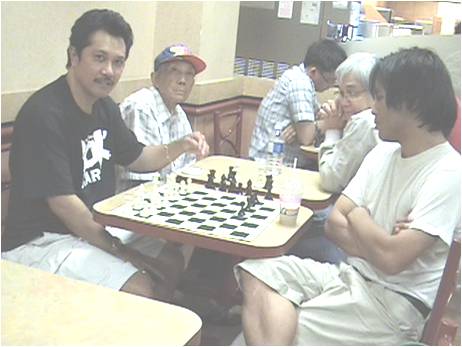
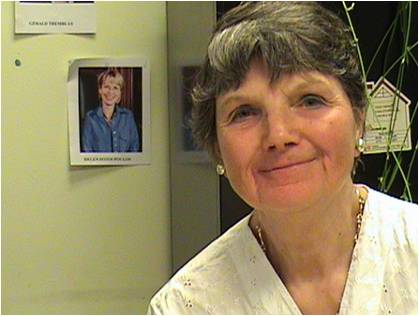

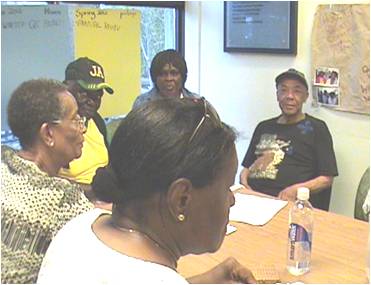

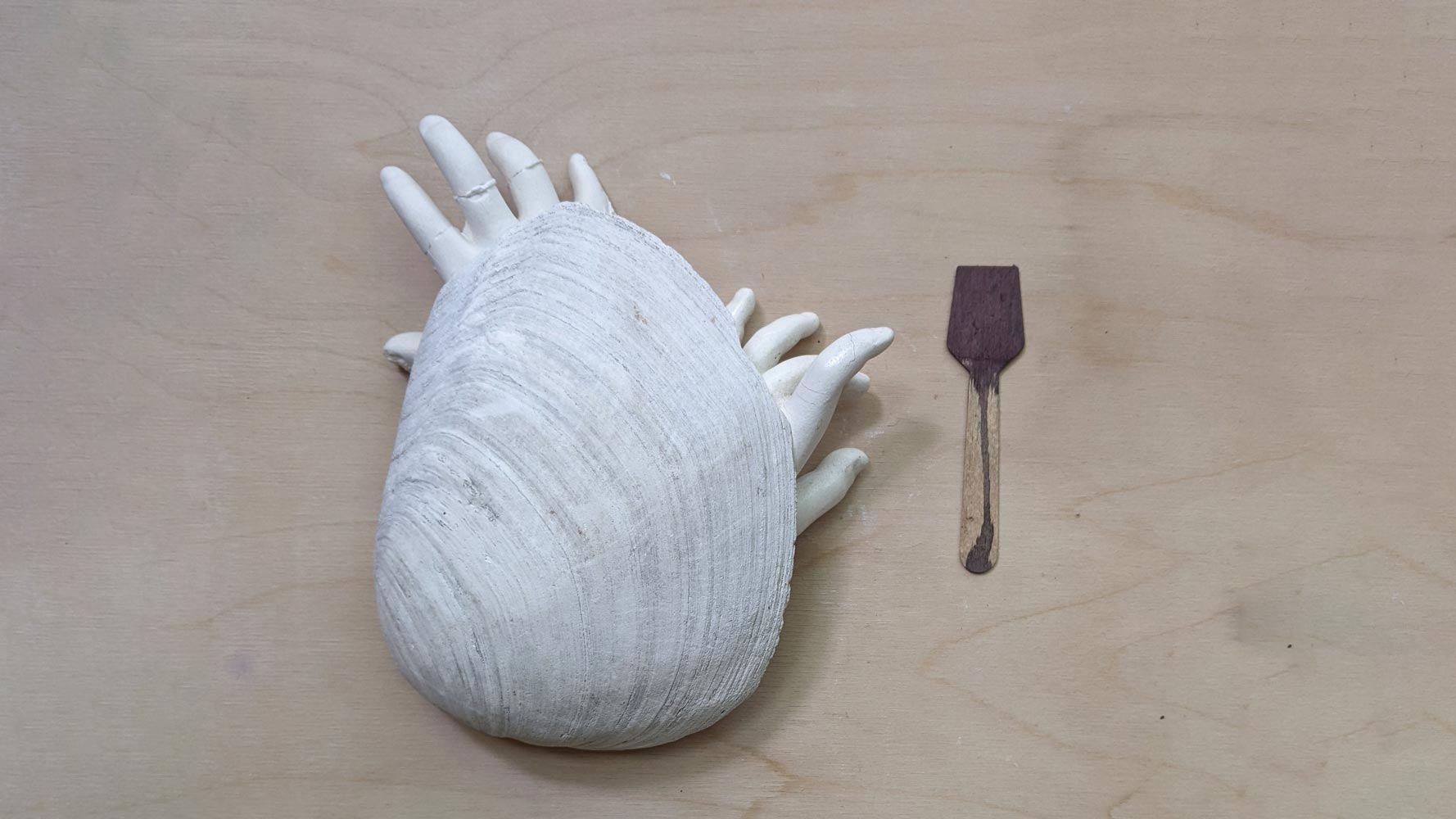

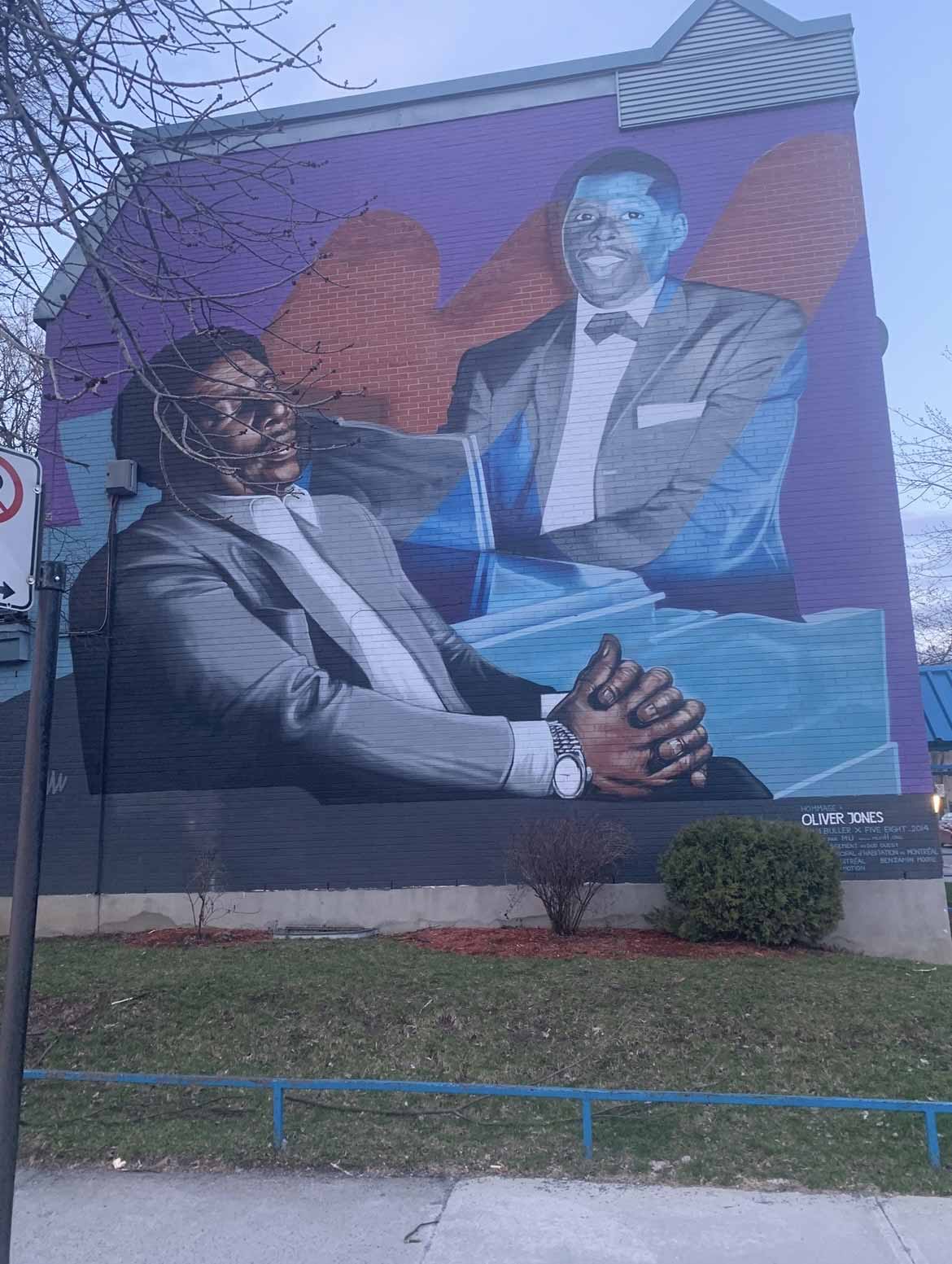

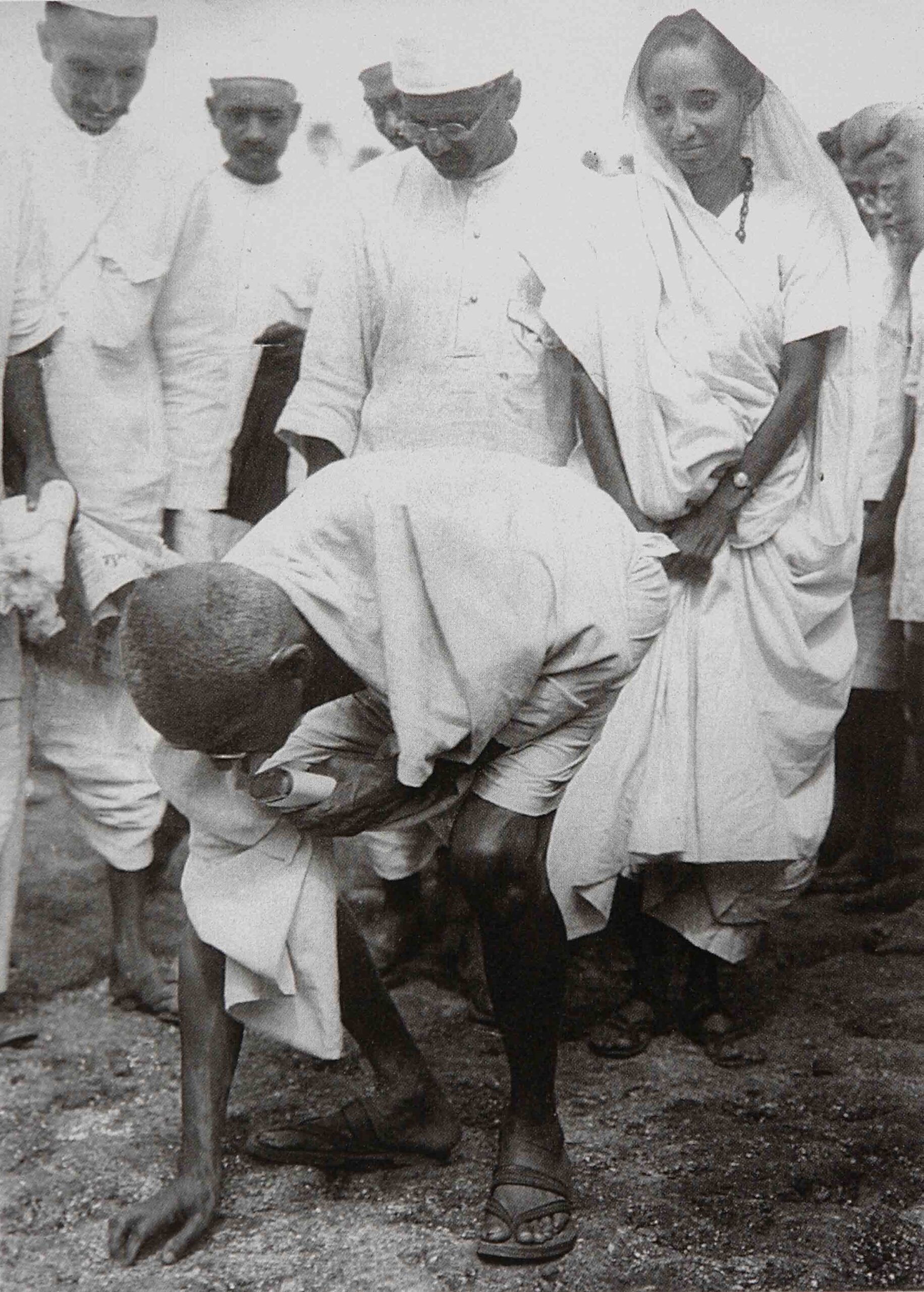


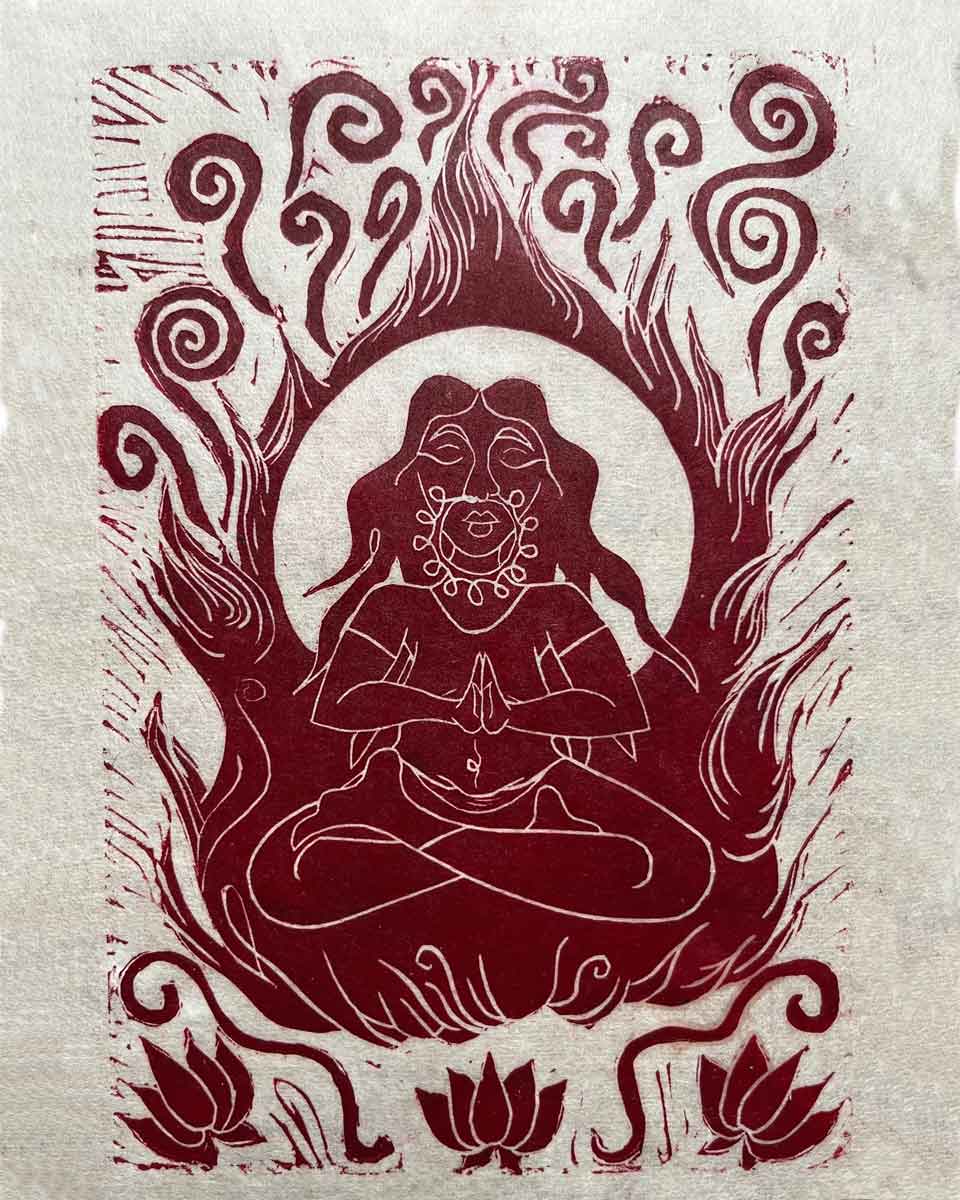
One thought on “Community Organizing in Côte-des-Neiges Then and Now”